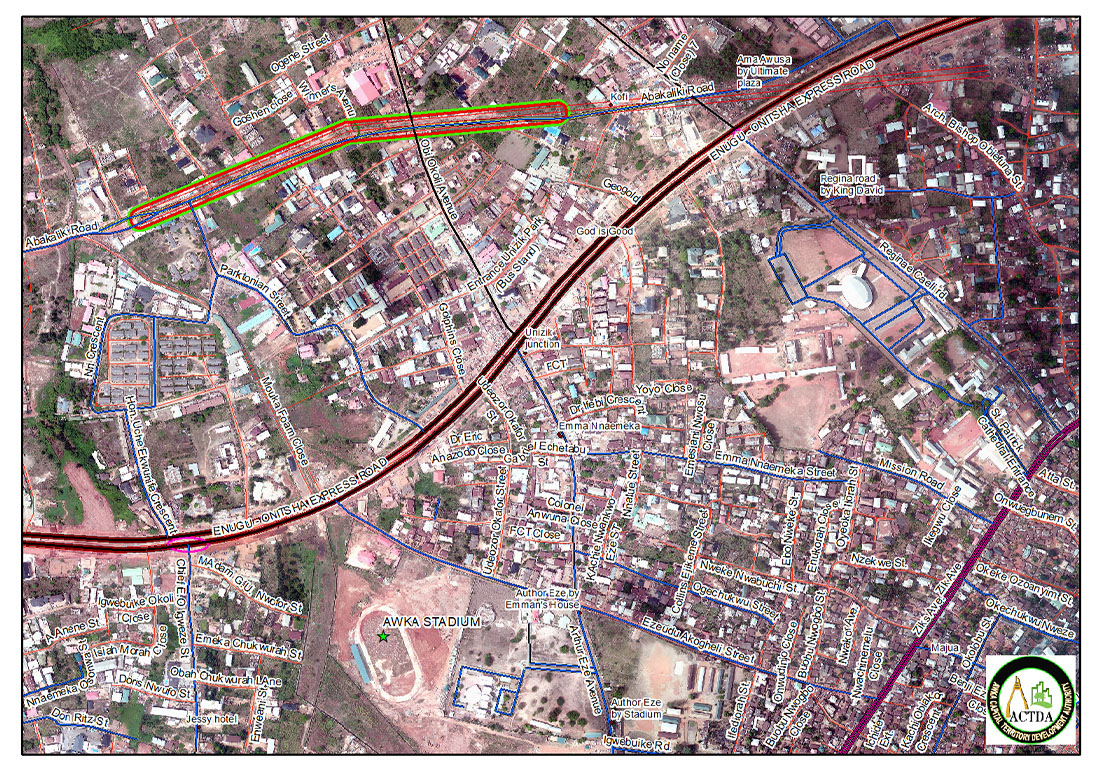Unified Development Codes (UDC) are essential tools for city planning and development control agencies like ACTDA. They serve as comprehensive regulatory frameworks that consolidate all development-related regulations into a single, accessible document. This integration includes zoning and land use, subdivisions, design and development standards, and review procedures.
The primary goal of a UDC is to streamline the development review process, promote consistent standards for land development, and ensure that growth and development align with the community’s vision and policies. By having a unified code, cities and agencies can provide clearer guidance to developers, property owners, and the public, facilitating more efficient and predictable development outcomes.
Here’s a step-by-step guide to creating a UDC for ACTDA:
For ACTDA, adopting a UDC can lead to a more organized and efficient approach to development control, ultimately contributing to the sustainable growth and development of the area it serves. It’s a forward-thinking step that can help streamline processes, reduce confusion, and promote a clear vision for the future of the community.




